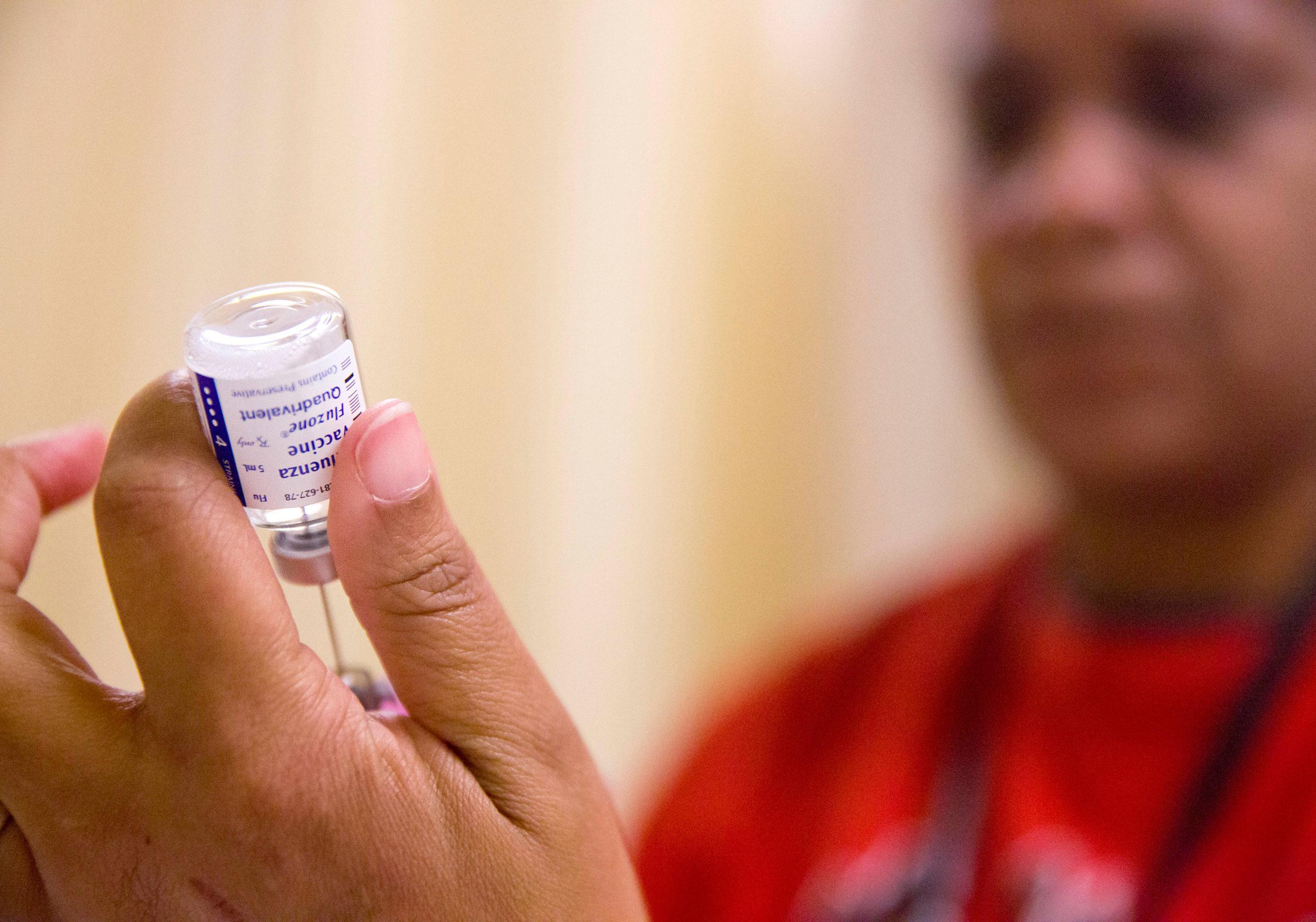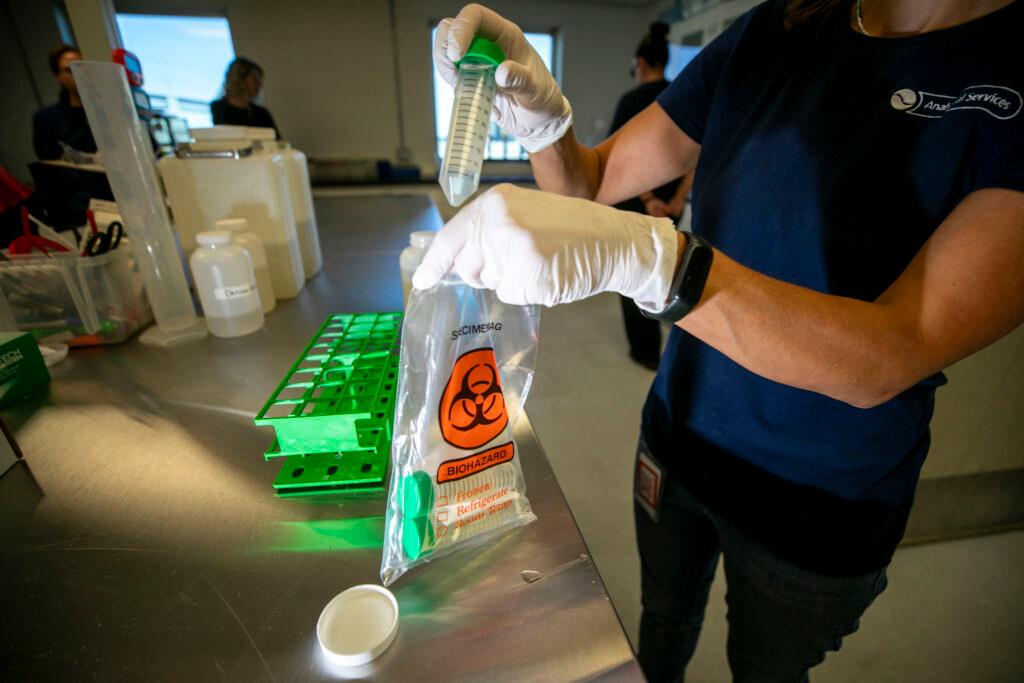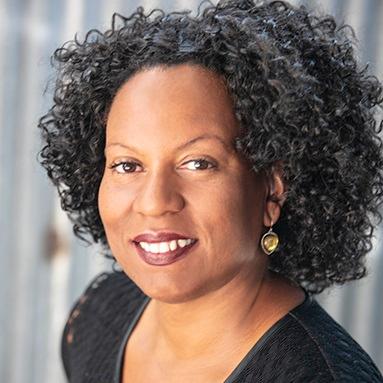
Did you come down with something recently? Maybe you had a fever and body aches that kept you in bed? Or your kids did?
If the answer is yes, you’re not alone.
Colorado is in the midst of what could end up as the state’s worst flu season in at least 20 years.
“For right now, it looks like we are essentially tied as far as our worst season on record since we began doing influenza hospitalization surveillance,” back in 2004, said Dr. Rachel Herlihy, the state epidemiologist.
She said fortunately peaks of influenza and COVID-19 didn't happen simultaneously.
“If we had seen a large wave of COVID at the same time we saw this large wave of influenza, I think that would've been particularly challenging for our health care system,” she said. “But fortunately, those waves were staggered. I will say that we've been very fortunate when it comes to COVID this season.”
Still, Herlihy said she’s heard from some facilities that all the flu cases are putting a strain on the system.
“It's important to remember that our health care systems are doing a fantastic job in surge capacity. I think there was a lot learned from the COVID days,” she said. “Our health care system, I think, has really adapted to these big surges.”
Coloradans are still catching COVID-19. But the number of people in the hospital this winter has typically remained in the dozens, rather than the hundreds seen in prior seasons. And it’s nowhere near the pandemic peak of more than 1,800 in 2022.
Hundreds of Coloradans have come down with the flu
Nearly 500 people are currently hospitalized in Colorado with the three respiratory viruses the health department tracks. That includes more than 200 with flu, nearly 170 with RSV and more than 60 due to COVID-19.
For weeks, the total figure has been in the hundreds, with flu often accounting for more than 300 patients a week.
At the peak this winter, on Feb. 8, the rate of flu hospitalizations was 8.6 patients per 100,000 people. As of Wednesday, the figure was roughly half that, according to the state health department.

The flu hospital admission numbers seen in the past month are higher than those at Colorado’s peak last year. The flu testing positivity rate has also been higher than at the peak last year.
Colorado’s highest number of flu hospitalizations at this point in the season occurred in the 2017-18 season when the number reached 4,096 Coloradans. That season ended with a total of 4,650 flu hospitalizations statewide.
To date, in the 2024-25 season, the state said it’s recorded a total of 4,160 hospitalizations statewide, which is more than it was last year at the same time. It's also the highest it's seen since the emergence of COVID-19.
A record-setting year?
Could Colorado hit a record? That’s uncertain, said Herlihy.
“I think part of the squishiness in the numbers here is you also have to remember that the population has grown, and typically in public health, we look at rates, so the number of cases over the population, and so those numbers get even closer when you look at rates versus absolute numbers,” she said.

Other metrics tell the story as well. Influenza is showing up in wastewater; for many weeks, all of the 20 utilities testing wastewater for it detected the flu. That’s according to the state’s weekly data posted on the Colorado Department of Public Health and Environment’s website.
The weekly percent of diagnosed flu patients visiting hospital emergency departments was at nearly 2 percent, for the report issued March 12. Earlier in the winter it was about 4 percent. The weekly rate of positive tests this week was in double digits, at almost 12.6 percent. It easily topped 20 percent a few weeks ago. The CDC considers 5 percent test positivity to be high.
About a quarter of Coloradans are vaccinated for flu
According to the state’s website, nearly 28 percent of Colorado residents have received a flu immunization this season. That’s well below the national rate.
About half the state's seniors, those 65 and older, got a flu shot. But the figures for children is way below that, at roughly 35 percent for those 6 months- 9 years; 23 percent for those 10-19 years; and 14 percent for young adults 20-20 years old. The rates go up for each group older than 30, but still remain relatively low, with only about a third of those 60-64 years old getting it.
Almost 46 percent of adults in the United States got flu shots this winter, a similar rate to last winter. But the figure for children dropped to roughly 46 percent this winter, down from the normal rate of 50 percent, according to CDC data — just in time for the worst flu season in decades to strike.









